In last week’s An Post Rás, race leader Francesco Reda, was disqualified from the race on the second stage after it emerged that he had taken a tow from a team car to regain the bunch after puncturing late in the stage. There was little sympathy for the Italian afterwards, who ranted on Twitter about the decision.
However, on yesterday’s 16th stage of the Giro d’Italia to Aprica, 16 riders in total were given various fines and time penalties for holding on too long to cars and motorbikes. The stage which included the Mortirolo was considered to be one of the toughest of the race.
Leopold König of Team Sky and Lotto-Soudal’s Jürgen Van den Broeck were among those who received a 50 Swiss Franc fine, a five-point deduction in the points competition and a 10-second time penalty in the overall classification. Konig finished ninth on Tuesday’s stage 3’19” down on the stage winner Mikel Landa (Astana), which moved him into sixth place overall. Van Den Broeck finished three minutes further back and now sits in 12th place overall.
Jan Polanc (Lampre-Merida), Elia Favilli and Francesco Gavazzi (Southeast) and Marco Coledan (Trek Factory Racing) received fines of 100 CHF, a 10-point deduction and had 20 seconds docked off their general classification time.
Three years ago in the Giro, on the stage that also included the Mortirolo, four riders, including Robbie Hunter and Andrea Guardini were disqualified from the race for taking a tow. In 2010, Chris Froome was disqualified from the race for holding onto a motorbike, once again on the Mortirolo.
It’s difficult to understand why there is such inconsistency in punishments being awarded to riders for this offence. The events of yesterday can have a direct impact on GC, and it can send the message that taking a tow is worth the risk. A ten second penalty is negligible compared to the benefit to be gained from taking a tow.


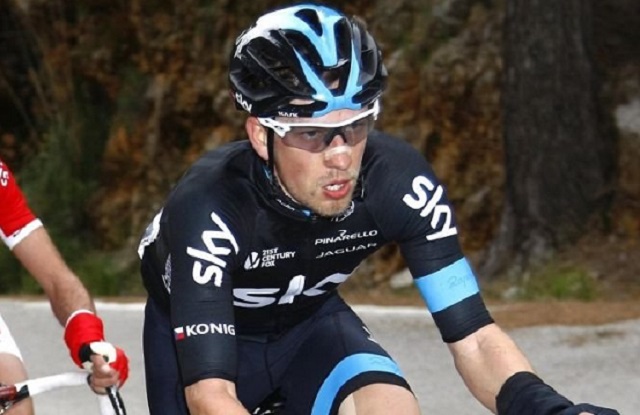



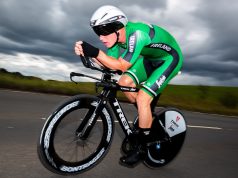
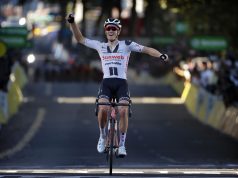
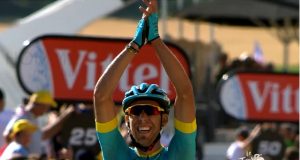
Some very sticky bottles doin the rounds 🙂
Some very sticky bottles doin the rounds 🙂
The difference is Francisco Reda was race leader at the time, the riders in the giro were fighting to survive for the next day , if Contador was holding on to the car when chasing back on yesterday and continued to do so even after being warned a few times then I recon he would have went the same way as Reda , Reda just thought cause he was in little aul Ireland and racing against mostly amateur s he could do what he wanted
The difference is Francisco Reda was race leader at the time, the riders in the giro were fighting to survive for the next day , if Contador was holding on to the car when chasing back on yesterday and continued to do so even after being warned a few times then I recon he would have went the same way as Reda , Reda just thought cause he was in little aul Ireland and racing against mostly amateur s he could do what he wanted
Difference between holding on too long and repeatedly doing it despite warnings which is what Reda was disqualified for.
Clarification from commisaire is available for all to see.
The article is not very clear on whether the riders were drafting or actually holding on to a moving vehicle. Drafting a vehicle is sanctioned by time and money penalties depending on how long it goes on for. Gaining an advantage by physically holding a vehicle is sanctioned by elimination from the race.
My understanding is that Reda was gaining an advantage by physically hanging on to his team car even after being warned. That’s always been a no-no. As far as getting a tow is concerned, it’s not necessarily the rules that are not inconsistent but their application. Racing in ’90 in the US with DWCC we were amazed that riders were allowed to draught back to the group they were in after a puncture or mechanical. Even the Neutral service did this.